
As we gear up to celebrate World Animal Welfare day on October 4, one has to have a knowledge of the animals which were in the IUCN Red List, but have now bounced back from the verge of extinction. According to World Animal Day website," World Animal welfare day is celebrated to raise the status of animals in order to improve welfare standards around the globe."
The day has one goal and that is to protect the animals from extinction.
It's up to the educated masses to create awareness among themselves and help in preventing the animals from becoming extinct.
Here is the list of few endangered animals, who have bounced back from extinction.
Orangutan
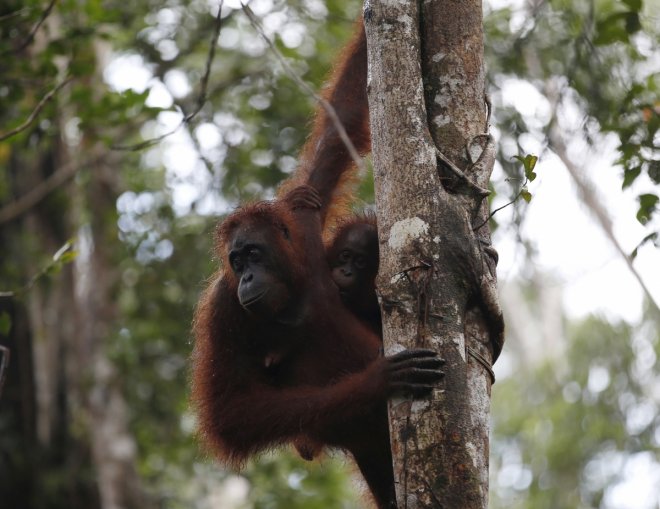
After consecutive hard work, in conserving orangutan of Indonesia's Sebangau National Park, the World Wide Fund For Nature(WWF) announced in a statement that orangutan in the reserve forest has risen to 7 percent since 2007 with close to 5,826 in numbers.
Though considered as the largest wild orangutan population in the world, WWF is striving to preserve this species as 70 percent of orangutans live outside protected areas and are threatened by logging and agriculture expansion.
Red-cockaded woodpecker
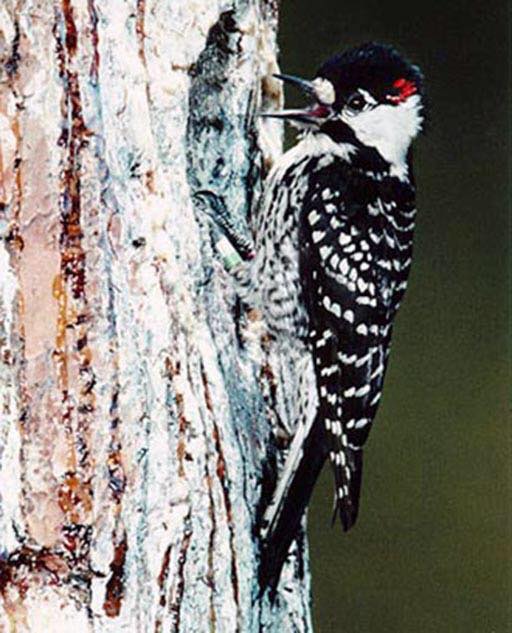
Four pairs of endangered red-cockaded woodpecker were spotted in October 2015 at Great Dismal Swamp National Wildlife Refuge in Suffolk, Virginia.
After they were spotted in that area since 1974, this species was designated as endangered in 1970 due to the destruction of pine forest habitat, across the southern United States.
As of today, the population has grown approximately 6400 breeding pairs from 42,000 breeding pair woodpeckers.
Green Sea Turtle

Researchers at the University of Florida, monitored Green Sea Turtles when they built their nest on 13 mile stretch of beach in Florida's Archie Carr National Wildlife Refuge.
Starting from 50 nests per year during the breeding season from May 1 to October 1 in September 2015. Researchers reported that breeding nest has increased from 11,389 to 12,026.
Delmarva Peninsula fox squirrel
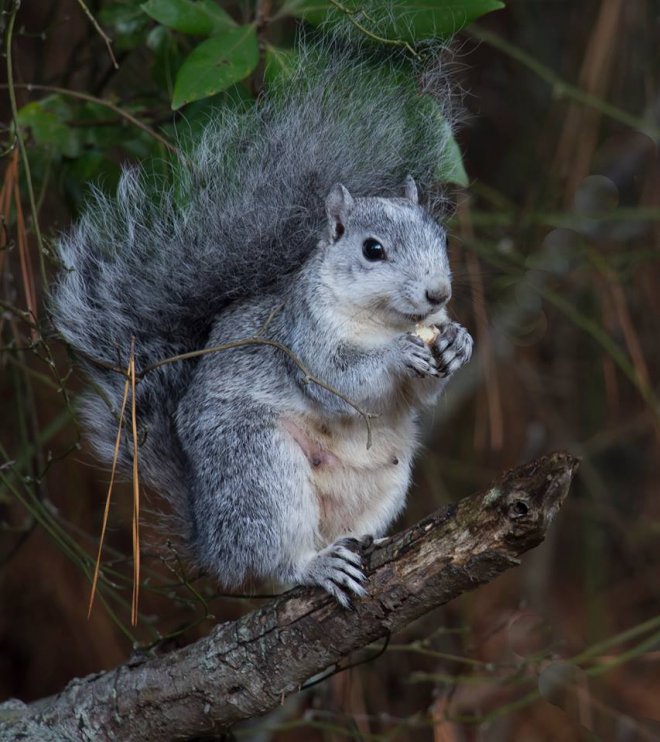
After more than 40 years of conservative work which contributed in saving the fluffy-tailed Delmarva Peninsula fox squirrel, the US Fish and Wildlife Service declared that the squirrel is "is no longer at a risk of extinction."
Their decline began in the 20th century when the forest range shrank by almost 90 percent landing them under the scanner. But today they inhabit Delmarva- Peninsula on the east coast of US.
Tiger
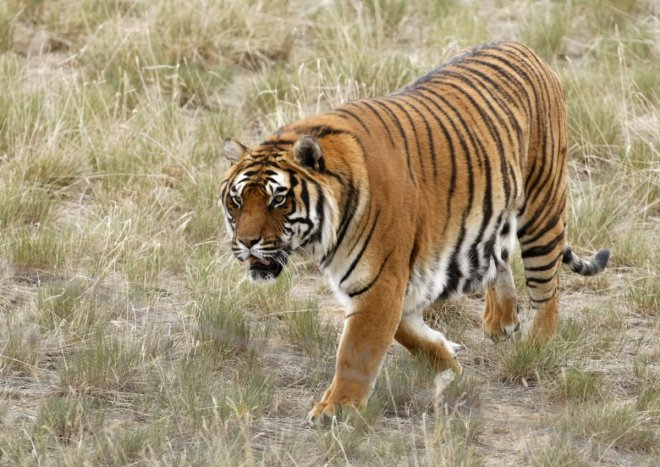
Once native to 23 countries in Asia, tigers can be found only in 11 countries and disappeared entirely from the wild in Cambodia and in Vietnam.
Poaching and habitat loss were the reasons for the disappearance of the tigers from the wild with their population dropping from 100,000 to just over 3000 according to the records of WWF.
But due to initiatives by the government, to track them and deter poachers from hunting these animals, has brought a ray of hope for the species' future.
A recent wild census that was conducted on the population of tigers, a census in India showed a promising increase in population, to a whopping 2,226 from1,477.
West Indian Manatee
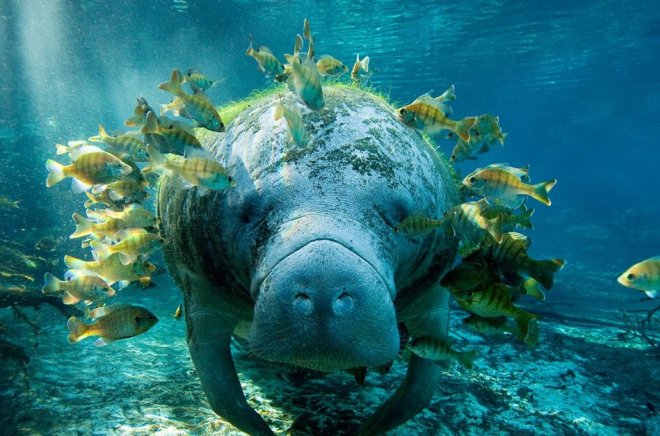
Manatees are often confused for mermaids were once listed as endangered species by the USFWS in 1967 and only few hundred of them now swim in Florida rivers.
But the shocking news came on January 7, 2016, when USFW announced in a statement that Manatees are pushed from endangered to threatened species. The population of manatees have reached 6000 in Florida and 13000 worldwide.
Bald Eagle
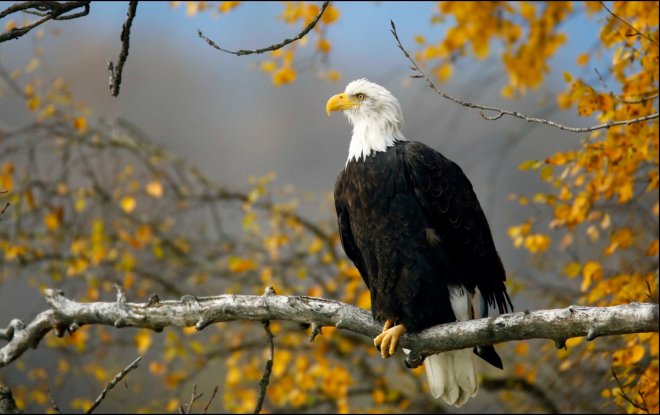
Due to excessive use of pesticides like dichloro–diphenyl–trichloroethane(DDT) in the state of New Jersey, the population of Bald Eagles were knocked off, leaving just one pair in 1970 and 1980.
After the ban of DDT pesticides, the number of the bald eagles have gradually increased to 23 nesting pairs in 2000, 82 pairs in 2010 and 161 in 2015.









